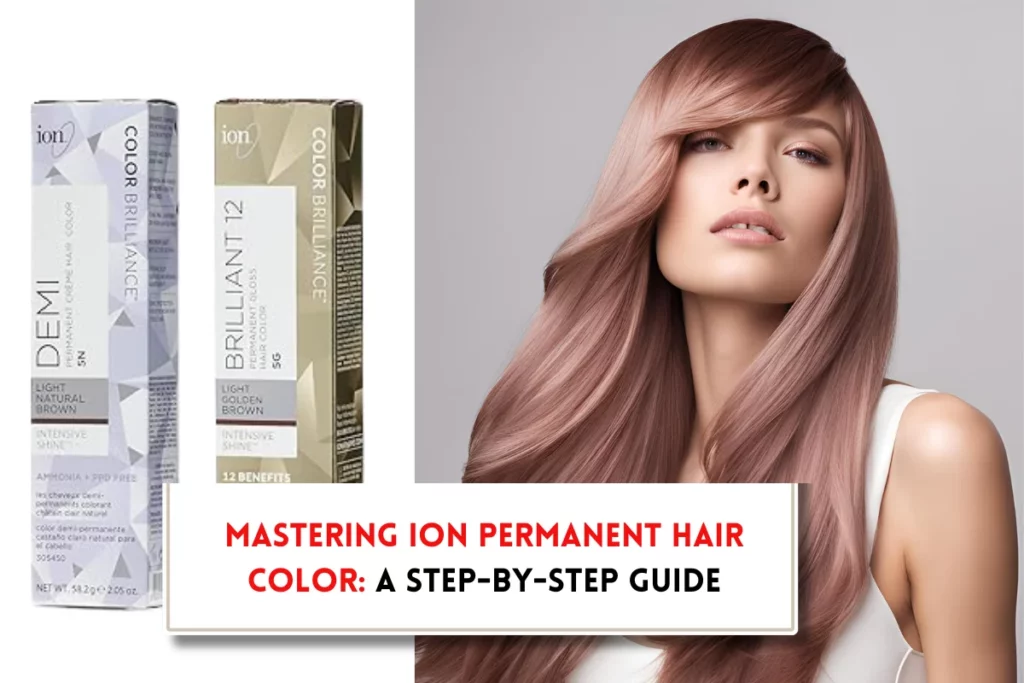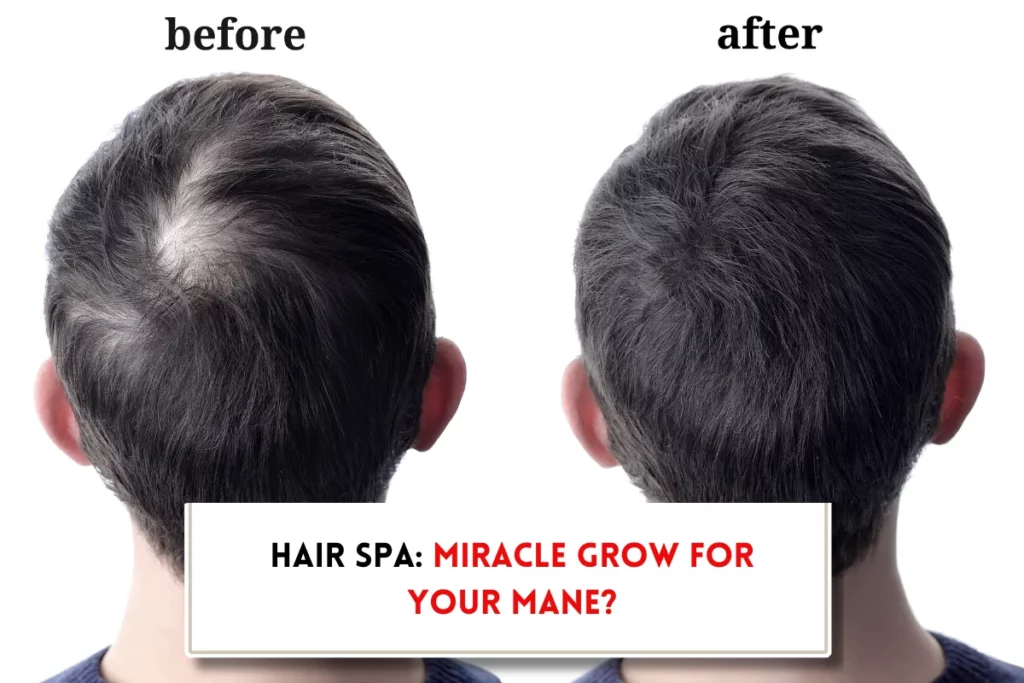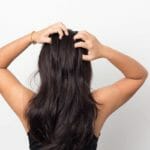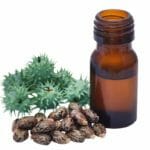Brushing your hair isn’t just about aesthetics; it’s a crucial part of maintaining healthy hair. You might think, “the more, the merrier,” but is that really the case? Turns out, there’s a sweet spot when it comes to brushing your hair. Too little can lead to tangles and knots, while too much can cause breakage. So, what’s the right amount? Let’s find out how often should you brush your hair!
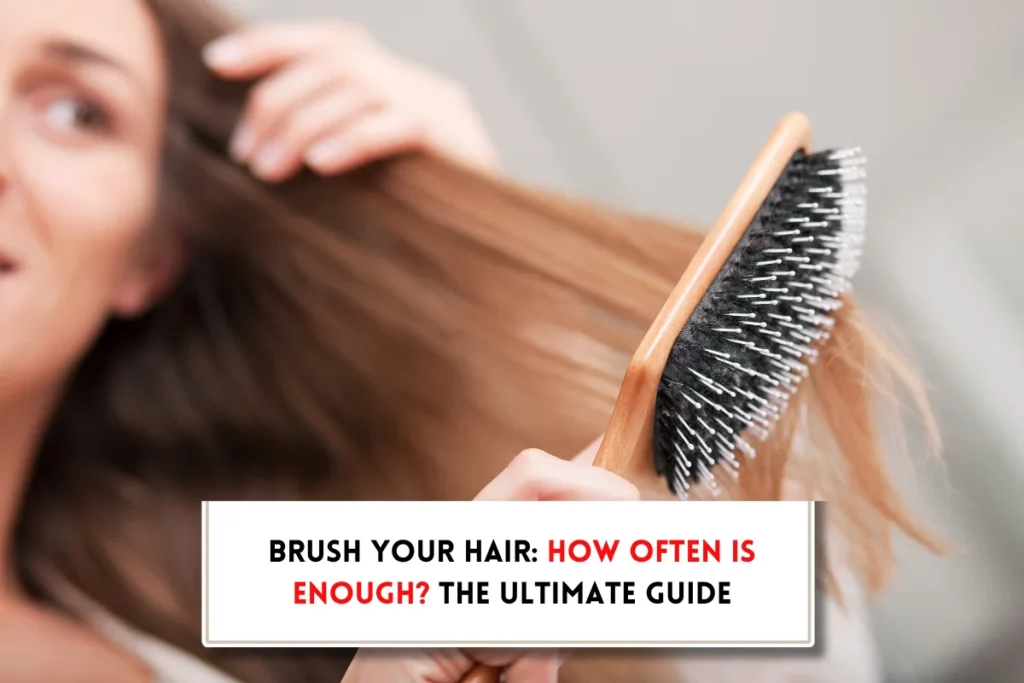
What factors effect hair brushing?
- Hair types: Your hair’s unique characteristic is crucial in determining the optimal brushing frequency.
- Straight hair: This hair type generally benefits from more frequent brushing, as natural oils can easily distribute throughout the strands.
- Curly hair: Given its delicate nature, curly hair often requires a gentler approach. Excessive brushing can lead to breakage and frizz, so a less frequent routine is typically recommended.
- Wavy hair: Falling between straight and curly, wavy hair benefits from moderate brushing to prevent tangles without causing excessive damage.
- Coily hair: Coily hair, known for its intricate patterns, is particularly susceptible to breakage. Minimal manipulation is often advised to retain moisture, making less frequent brushing a wise choice.
- Fine hair: While fine hair can tolerate more frequent brushing, it’s important to avoid excessive force to prevent breakage.
- Brushing routine: Once you’ve identified your hair type, customize your brushing routine to suit its specific needs. For example, those with curly or coily hair may benefit from less frequent brushing and the use of a wide-tooth comb to prevent breakage. Conversely, individuals with straight or fine hair may find frequent brushing beneficial in distributing natural oils. This helps maintain the health and appearance of your hair.
- Brushing techniques: Brushing techniques significantly impact hair’s overall health and appearance.
- Start at the ends: Begin by detangling the ends of your hair, gradually working your way up to the roots. This approach helps prevent excessive pulling and tugging, which can lead to split ends and breakage.
- Use a gentle brush: Opt for a brush with soft, flexible bristles that won’t cause additional stress on your hair. Employing gentle and effective techniques minimize damage and maximize the benefits of brushing.
- Frequency of hair brushing: The ideal frequency of hair brushing varies on individual hair type and personal preference. Generally, brushing your hair at least once a day is recommended to remove tangles, distribute natural oils, and stimulate the scalp. However, excessive brushing can lead to damage and breakage, so it’s important to find the right balance for your hair.
What are the signs of over- or under-brushing hair?
Brushing your hair too often or not enough can both have negative consequences for your hair health. It’s essential to strike a balance and pay attention to the signs that your brushing habits may need adjustment.
Over-brushing:
- Breakage and split ends: Excessive tension on the hair strands can lead to breakage and split ends. This causes your hair to look damaged and unhealthy.
- Hair loss: Over-brushing also contribute to hair loss, especially if you have fine or delicate hair. The friction and pulling can weaken the hair follicles, leading to shedding.
Under brushing:
- Tangles and matting: If you have curly or wavy hair, no or less brushing your hair result in tangles, and matting. These can be difficult to detangle and can lead to breakage.
- Lack of shine: Brushing helps to distribute natural oils throughout your hair that gives it a healthy shine. If you skip hair brushing, your hair may appear dull and lifeless.
Being mindful of these signs and making necessary adjustments ensure that your brushing habits promote healthy and beautiful hair.
Also Read: Are bamboo brushes good for your hair?
How often should you brush your hair?

The ideal frequency for brushing your hair depends on your hair type, personal styling habits, and individual needs.
- Observe and adjust:
- Monitor your hair: Pay close attention to your hair’s condition and how it responds to your brushing habits. If you notice increased breakage, split ends, or hair loss, it might be a sign that you’re brushing too often. Conversely, if your hair is becoming tangled or matted, you may not be brushing enough.
- Tailor your routine: Based on your observations, adjust your brushing frequency and techniques accordingly. Discover the perfect balance that suits your hair type and individual needs.
- Hair type and brushing frequency:
- Oily hair: Those with oily hair may benefit from more frequent brushing to distribute natural oils evenly throughout the strands. This can help to prevent buildup and maintain a healthy scalp. However, excessive brushing can still lead to damage, so it’s important to find a balance.
- Dry hair: Dry hair often requires less frequent brushing preventing further moisture loss. Excessive brushing can exacerbate dryness and lead to breakage. Focus on gentle detangling and using moisturizing products to keep your hair hydrated.
- Heat styling and products: If you frequently use heat styling tools or hair products, you may need to brush your hair more often to prevent buildup and maintain its health. However, excessive heat styling can damage your hair, so it is important to use heat protectants and minimize your use of these tools.
- Wet hair and brushing:
- Avoid brushing when wet: It is best to avoid brushing your hair while it’s wet, as wet hair is more susceptible to breakage and damage. When you brush wet hair, the follicles are stretched and weakened that makes them more prone to breakage and split ends.
- Gentle detangling: If you have to brush wet hair, be gentle and use a wide-tooth comb to minimize damage. Start at the ends and gradually work your way up to the roots to avoid excessive pulling and tugging.
- Dry brushing and static:
- Dry brushing: While dry brushing is generally preferred, it can sometimes cause static, especially in dry environments.
- Conditioner for static: Applying a small amount of conditioner to your hair before brushing can help reduce static and keep your hair smooth.
When to brush your hair?
While brushing your hair three times a day is often recommended, the ideal frequency can vary depending on your hair type, personal preferences, and hair condition.
- Morning brushing: Brushing your hair in the morning help to detangle it, distribute natural oils, and prepare it for styling. A boar bristle brush is often recommended for this purpose. However, those with curly hair may find that excessive brushing in the morning can disrupt their natural curl pattern and create too much volume.
- Daytime brushing: Brushing your hair throughout the day can provide a refreshing boost and help to maintain its appearance.
- Evening brushing: A gentle massage with a nylon fiber hair brush can help to remove impurities accumulated during the day and provide a relaxing moment for yourself. This can also be a bonding activity with a child or partner.
- Two-minute ritual: Aim for at least two minutes per brushing session. This allows you to reconnect with yourself and enjoy the meditative benefits of this ancestral beauty ritual.
Remember, the key is to find a brushing routine that works best for your hair and lifestyle
How can I make my hair healthier?

By incorporating these additional tips into your hair care routine, you can significantly improve the overall health and appearance of your hair.
- Detangle gently: Use a wide-tooth comb to detangle your hair, especially when wet, to minimize breakage and damage. Avoid pulling or tugging, as this can lead to further damage.
- : Schedule regular trims every 6-8 weeks to get rid of split ends and promote healthy hair growth. Trimming off damaged ends prevents them from traveling further up the hair shaft, resulting in healthier, stronger hair.
- Heat protection: Protect your hair from the harmful effects of heat styling by using heat protectant products before applying hot tools. Minimize your use of hot tools whenever possible to reduce damage and maintain your hair’s natural moisture.
- Scalp massages: Stimulate blood flow to your scalp and promote hair growth by incorporating regular scalp massages into your routine. Use your fingertips to gently massage your scalp in circular motions for a few minutes each day.
- Deep conditioning: Nourish and moisturize your hair with deep conditioning treatments to keep it strong, hydrated, and healthy. Apply a deep conditioner to your hair after shampooing, leave it on for the recommended time, and then rinse thoroughly.
- Nutrient-rich diet: Consume a balanced diet rich in protein, vitamins, and minerals to support healthy hair growth. Foods like lean meats, eggs, fish, fruits, vegetables, and whole grains are excellent sources of essential nutrients for hair health.
- Stay hydrated: Adequate hydration is crucial for overall health, including the health of your hair. Drink plenty of water throughout the day to keep your hair and scalp hydrated and moisturized.
- Manage stress: Chronic stress can negatively impact your hair health. Practice stress management techniques like meditation, yoga, or deep breathing exercises to reduce stress and promote healthy hair growth.
- Avoid harsh chemicals: Limit your use of harsh hair products containing sulfates, parabens, and other chemicals that can strip your hair of natural oils and damage its structure. Opt for gentle, natural hair care products instead.
With these additional steps and maintaining a healthy lifestyle, you can significantly improve the health and appearance of your hair. Remember, consistency is key when it comes to hair care. By following these guidelines and tailoring your routine to your specific needs, you can achieve and maintain beautiful, healthy hair.
Final word
Brushing your hair is more than just a daily routine; it’s an essential step for maintaining healthy, tangle-free locks. While there’s no one-size-fits-all answer, the general rule of thumb is to brush your hair gently twice a day. However, factors like hair length, type, and condition can influence the ideal brushing frequency.
Remember, brushing too often can lead to breakage, so be gentle. And if you have curly hair, detangle carefully with your fingers or a wide-tooth comb when wet to prevent damage. By finding the right balance, you can keep your hair looking its best and feeling its best.

